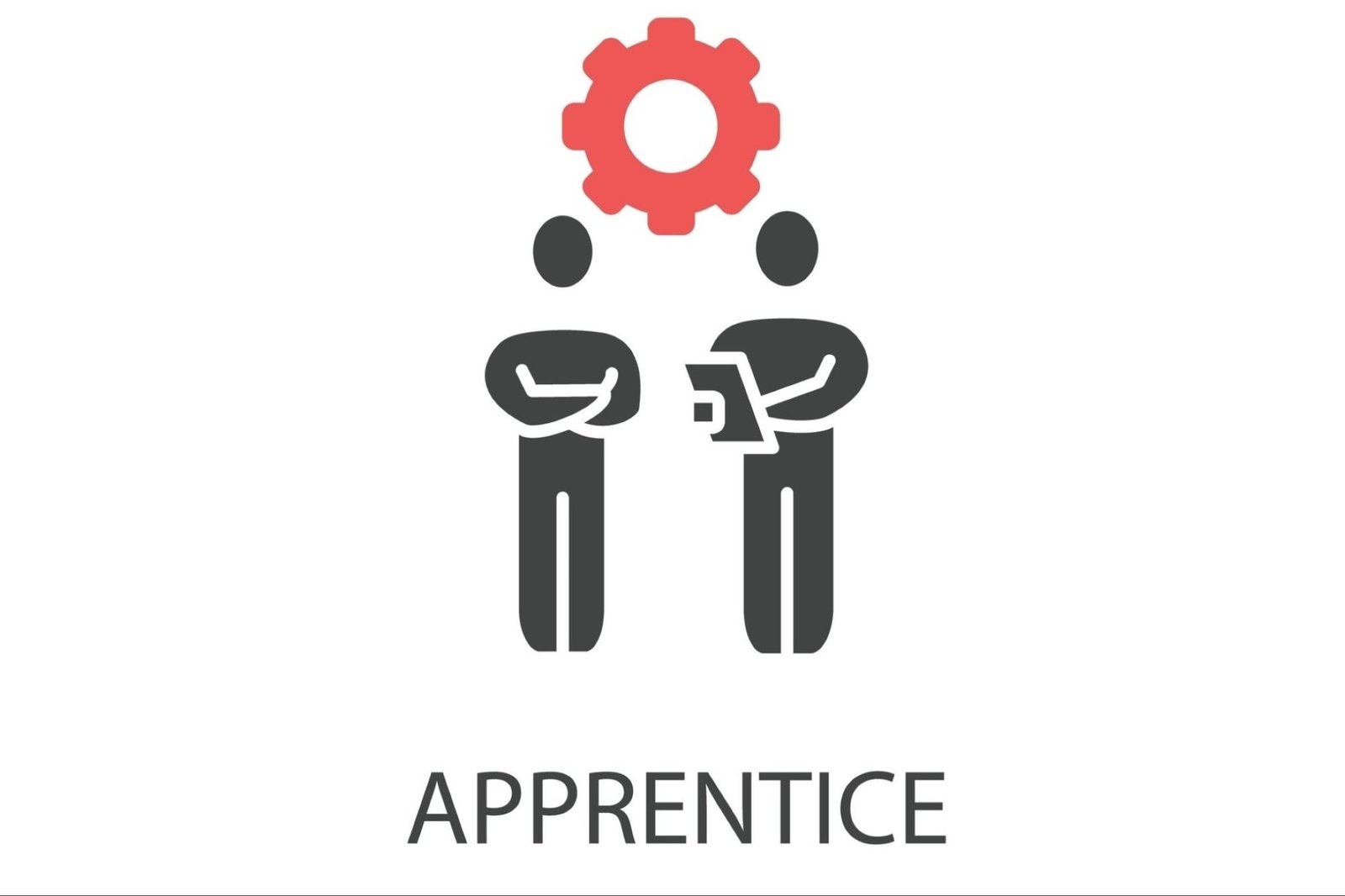Opinions expressed by Entrepreneur contributors are their own.
You’re reading Entrepreneur United Kingdom, an international franchise of Entrepreneur Media.
Few entrepreneurs dream of running their business forever, eventually hoping to sell up or secure a successor, so they can enjoy a well-earned retirement. This is precisely the mindset that 63% of UK business owners share, with 2024 Censuswide research revealing they plan to exit within the next six to thirty-six months.
When the time comes to sell the company you’ve created, it’s only natural to focus on numbers: revenue, profit, and EBITDA (earnings before interest, taxes, depreciation, and amortisation – a core measure of profitability). Whilst these financials may be key to good valuation, alone however, – they don’t paint a complete picture. Today’s buyers want more than strong books, they are looking for long-term potential, brand strength, loyal customers, and proven room for development, as well.
According to PwC’s 2024 Global M&A Industry Trends report, acquirers are placing increased value on resilient brands that can withstand market changes and retain loyal customers. Such qualities are increasingly important, given that they indicate predictable growth, repeatable revenue and a competitive edge for future owners of the company, reducing the risk associated with their investment.
Strategic foundations
This is where strategic marketing plays a vital role. A solid marketing plan doesn’t just drive sales, but makes a business more sellable, too. Yet, this value doesn’t appear overnight, with the process beginning well before a sale is on the cards. Exit planning is about more than putting up a ‘for sale’ sign. It’s about gradually building a business that the right buyers will want. This means defining your market niche carefully and building systems that can be scaled and replicated by anyone – not just the founder. Buyers need confidence that the business works – and will keep working – long after your exit. So, you need to present them with evidence of lasting customer relationships, reliable processes and a brand that will endure, regardless of who is at the helm.
The growth blueprint
Ultimately, prospective owners prioritise a business that’s easy to take over and grow. This means they want clarity across your brand, customer journey, and product-market fit, with proven sales channels, top-performing services and clear routes to customer acquisition all boosting appeal. Founders who take time to define their Ideal Client Profile (ICP) – the customers most likely to buy, stay loyal, and recommend the brand – are one step ahead. Understanding your audience’s needs and building offers that speak to them helps to create a sustainable, defendable market position that buyers will want. Strategic marketers can help businesses to gain this much-needed clarity by mapping buyer personas and aligning messaging with customer goals, challenges and habits. This ensures your products and services land with the right people, in turn, indicating that the business has potential to continue to strengthen post sale.
Take software organisation, ProfitWell, for example, which was acquired by B2B Software as a Service (SaaS) company, Paddle, for US$200m in 2022. Both companies had strong brand identities and an easy-to-identify niche – within the SaaS sector – making it easier for the acquirer to identify market fit and alignment. The fact that ProfitWell was also able to demonstrate mature marketing operations and a proven history of successfully engaging with its audience via a content-led marketing strategy and expert-led thought leadership was further evidence to the buyer that their investment was low risk – given that they were purchasing a company with predictable, recurring revenue, with operations that they could simply repeat and then scale. This proves the extraordinary value of establishing brand equity early on.
Your brand is your equity
While every exit is unique, one thing remains constant: the brand maturity and equity that buyers want takes both time and intention. Building loyalty through consistent messaging and a definite market position is what gives buyers confidence. In today’s crowded market, there’s strength in having a proven brand. This is what builds trust and stability, signalling future revenue. Buyers look for efficient uplift and enduring value – and they’ll scrutinise everything to ensure your brand can deliver.
Your due diligence tool
Your website is often the first impression for potential acquirers. As such, it must clearly articulate what your business does, who it helps, and why your brand is the best at it. Case studies, testimonials and performance data all add credibility and demonstrate impact. McKinsey reports that B2B businesses with high-performing websites actually turn 30% more site visitors into real-life sales than their competitors, also attracting more potential customers. A well-optimised site shows buyers that your operations are efficient and designed for the future growth they desire.
Channels, systems and AI
Buyers also want to see that the value you’ve built can be replicated. A joined-up marketing system – spanning SEO, social media, paid ads and partnerships – proves that upward trajectory isn’t just down to luck or the founder’s own hustle. It’s something repeatable. That’s why more buyers are also asking, ‘how well are you using AI?’. Smart businesses are using artificial intelligence to personalise marketing, predict customer churn, and sharpen their decision making. Showing buyers that you have these capabilities signals a forward-thinking, data-driven approach – a green flag that they can trust in the longevity of your business.
People power as an asset
Of course, a sustainable, scalable business isn’t just about systems. It’s also about people. Buyers seek reassurance that the company won’t collapse without the founder. That means having a capable team, refined succession plans and a resilient company culture in place well before the business goes up for sale. Marketing can help here, too. It supports employer branding, internal communications and visibility of leadership – all elements that show your company is built on more than just one individual. You need to show you’re powered by real talent and a people infrastructure that’s easy to build upon, replicate and further develop.
Ready to exit?
If, like many other UK entrepreneurs, you’re planning to sell within the next six to thirty-six months, now’s the time to strengthen your marketing muscle. This isn’t about short-term tactics but long-term strategy – investing in your brand, customer relationships and systems that scale, so potential buyers see your business as high worth, low risk. Ultimately, prospective buyers won’t just be asking what you’re selling or how much you’ve already sold. They’ll want to see how well you’ve built the foundations of your brand to enable growth.





